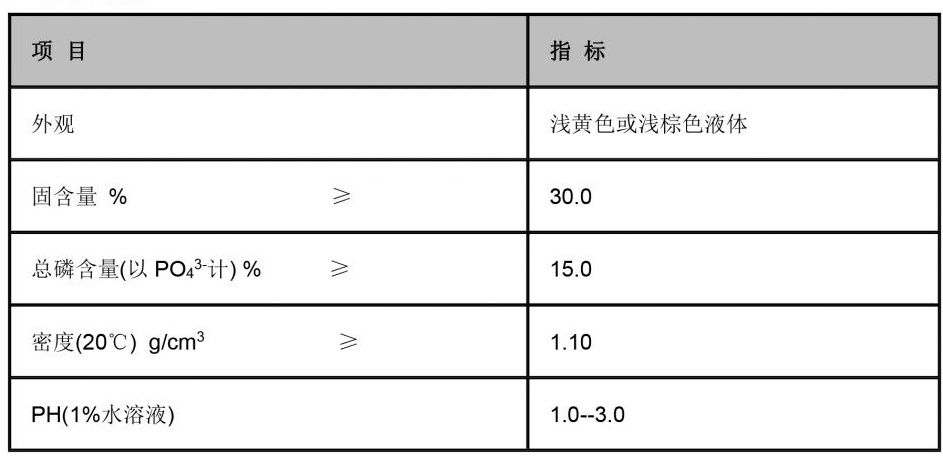isothiazolinone in detergent
Isothiazolinone in Detergents An Overview
Isothiazolinones are a class of biocides commonly used in various consumer products, including detergents, to inhibit the growth of bacteria and fungi. These synthetic compounds have gained popularity due to their efficacy at low concentrations and broad-spectrum antimicrobial properties. However, the use of isothiazolinones in detergents has raised some concerns regarding their safety and environmental impact.
Isothiazolinone in Detergents An Overview
Despite their effectiveness, isothiazolinones have come under scrutiny due to potential allergenic reactions. Reports of skin sensitization have increased over the years, particularly concerning products containing MIT. The European Commission has significantly restricted the use of MIT in cosmetic products, limiting its concentration to half of what was previously allowable and requiring hazard labels. This regulatory action stems from studies indicating that exposure to isothiazolinones can lead to allergic contact dermatitis, especially in individuals with sensitive skin.
isothiazolinone in detergent

Environmental concerns also accompany the use of isothiazolinones. As these substances are released into wastewater systems, there has been growing evidence of their toxic effects on aquatic life. Research has shown that isothiazolinones can harm a variety of organisms, including bacteria, algae, and aquatic invertebrates. As such, regulatory bodies in some regions are examining the implications of these compounds on ecosystem health, prompting the need for safer alternatives.
In response to these challenges, manufacturers have begun exploring alternative preservatives. Natural substances such as essential oils, plant extracts, and fermentation products are being investigated as eco-friendly options that could replace synthetic isothiazolinones without compromising product efficacy. Moreover, the detergent industry is increasingly adopting “green” formulations that prioritize both consumer safety and environmental sustainability.
Consumers are becoming more informed and cautious about the products they use, leading to a rising demand for transparency in ingredient labeling. Many individuals are opting for products free from isothiazolinones, particularly those marketed as hypoallergenic or designed for sensitive skin. As awareness grows regarding potential health risks, manufacturers are likely to respond by reformulating products, phasing out harmful substances, and investing in research for safer alternatives.
In conclusion, while isothiazolinones play a significant role in maintaining the integrity of detergents, their negative implications for health and the environment cannot be ignored. The trend towards biocontrol practices and the use of natural preservatives indicates a shift in the industry towards safer and more sustainable practices. As consumers continue to advocate for safer products, the future of detergent formulation may lean increasingly towards eco-conscious solutions that prioritize both user safety and environmental health.
-
Water Treatment with Flocculant Water TreatmentNewsJun.12,2025
-
Polymaleic AnhydrideNewsJun.12,2025
-
Polyaspartic AcidNewsJun.12,2025
-
Enhance Industrial Processes with IsothiazolinonesNewsJun.12,2025
-
Enhance Industrial Processes with PBTCA SolutionsNewsJun.12,2025
-
Dodecyldimethylbenzylammonium Chloride SolutionsNewsJun.12,2025





